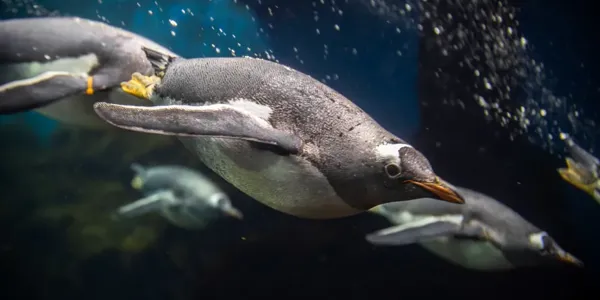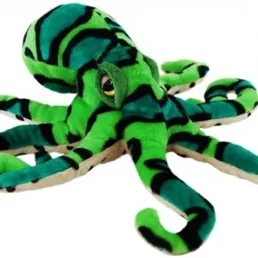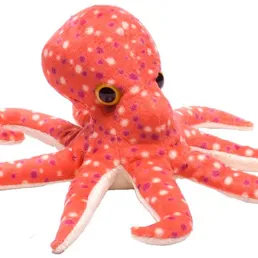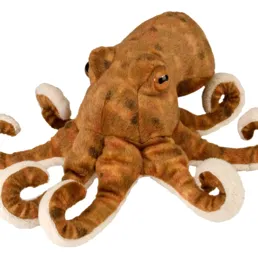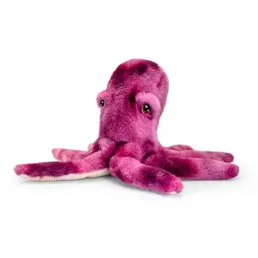- SEA LIFE, Jurassic Seas
Discover some of our species of Cephalopods
Cephalopods are invertebrates that have arms or tentacles attached to their head. The name Cephalopod actually comes from the Greek word meaning 'head-feet'!
Book Now
Sydney Octopus
The Common Sydney octopus is a species found along the east coast of Australia. They possess a formidable array of defence mechanisms, ranging from hiding in the first instance, to quick bursts of speed if spotted by a predator, use of ink sacs, camouflage and even self-amputation of their limbs, a process known as autotomy. They are considered to be one of the cleverest animals found in any aquarium, and throughout scientific testing, certain species have been found to be able to identify different shapes and patterns.
Did you know?
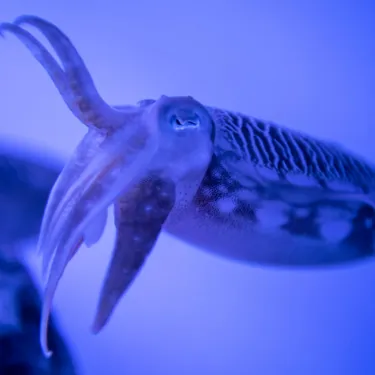
Blue blood?
All cephalopods have blue blood instead of red blood!
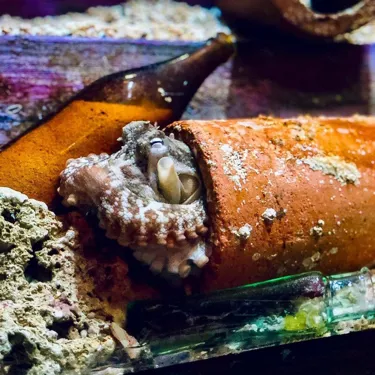
Masters of Camouflage
Cephalopods are masters of camouflage and can change not just their colour but their texture as well to help blend in to their surroundings.
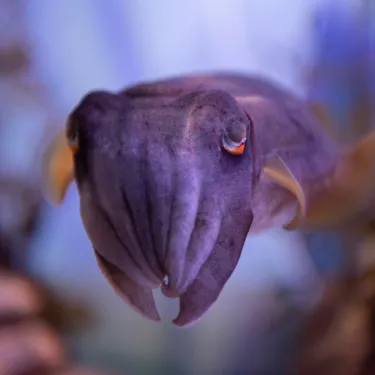
Live Fast, Die Young
Most species of Cephalopod grow up fast and die young. They commonly have a life expectancy of only up to 3 years.
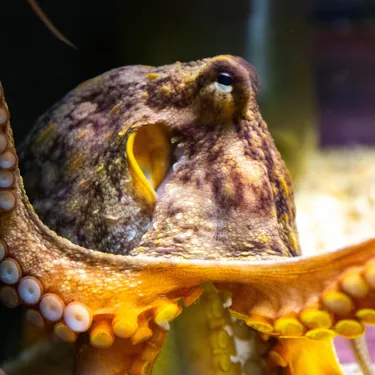
No Backbones
Cephalopods are invertebrates which means they have no backbone.
